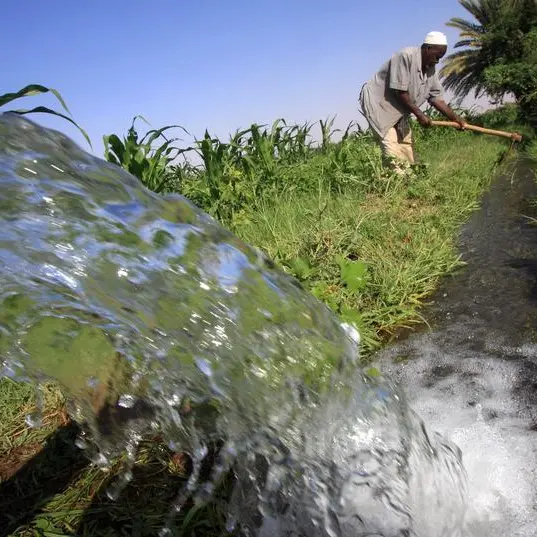PHOTO
(The opinions expressed here are those of the author, a market analyst for Reuters.)
NAPERVILLE, Illinois - Market participants expect a relatively mundane update from the U.S. Department of Agriculture on Friday, though surprises can never be ruled out, especially at this time of year.
Ample grain and oilseed supply levels are generally seen steady or increasing, matching the downward price action as of late, but here are a few things worth considering before the data lands at 11 a.m. CDT (1600 GMT).
Brazil’s heavily exported second corn crop was 63% harvested as of a week ago, and analysts are looking for a fractional trim to Brazil’s total output from USDA’s last estimate of 122 million metric tons.
Brazilian agency Conab on Thursday expanded its 2023-24 corn harvest to 115.86 million tons, mostly on stronger yields. That is Conab’s third consecutive increase of the corn crop since April’s season-low of 110.96 million tons.
USDA has not increased its 2023-24 Brazilian corn estimate at any point this season, and the controversial disparity between the two agencies’ forecasts has closed considerably.
USDA was as much as 13 million tons (11.8%) above Conab on corn back in April, but the USDA July trade estimate shrinks that gap to a season-low 5.4 million tons (4.7%). USDA’s 2022-23 corn crop is 5.1 million tons (3.9%) above Conab’s.
For Brazilian soybeans, the average 2023-24 trade guess of 151.75 million tons – versus 153 million in June – would cut USDA’s margin over Conab to a six-month low of 4.4 million tons (3%).
USDA’s soy estimate had been as much as 8.5 million tons (5.8%) above Conab’s in April. But percentage-wise, the USDA-Conab soy disparities are larger for the 2022-23 and 2021-22 crops than the latest one for 2023-24, suggesting the gap technically does not have to narrow from here.
A portion of the U.S. Corn Belt experienced severe flooding in recent weeks, and trade estimates for 2024-25 U.S. corn and soybean production suggest analysts could be baking in a slight trim in harvested acres and/or yield for Friday’s report.
But for well over a decade, USDA in its July report has printed the same numbers for corn and soy harvested acres that were shown in the June acreage survey, and that includes years like 2008, for example, when Iowa flooded in June.
U.S. corn and soybean yields are also likely to stay at their respective trends of 181 and 52 bushels per acre based on the criteria needed to change them. USDA’s first survey-based estimates are due next month.
Projections for 2024-25 U.S. soybean exports could be on the chopping block as total sales as of July 4 covered 3.2% of USDA’s June outlook, a 24-year low and well below the 13% average. USDA cut soy exports in the last two Julys, but that was because of substantially lower June acres versus March.
USDA has not made a July cut to U.S. corn exports since 2015, but only 6.5% of the 2024-25 target was sold as of July 4, a five-year low and below the 11% average.
Global wheat supplies among major exporters in 2024-25 have been projected at multiyear lows, but top supplier Russia’s crop may not be as bad as previously feared. Russian agency Sovecon last week boosted the 2024-25 wheat crop to 84.1 million tons versus 80.7 million previously.
USDA in June had slashed 2024-25 Russian wheat production to 83 million tons from the initial 88 million predicted in May. Karen Braun is a market analyst for Reuters. Views expressed are her own.
(Reporting by Karen Braun Editing by Matthew Lewis)























